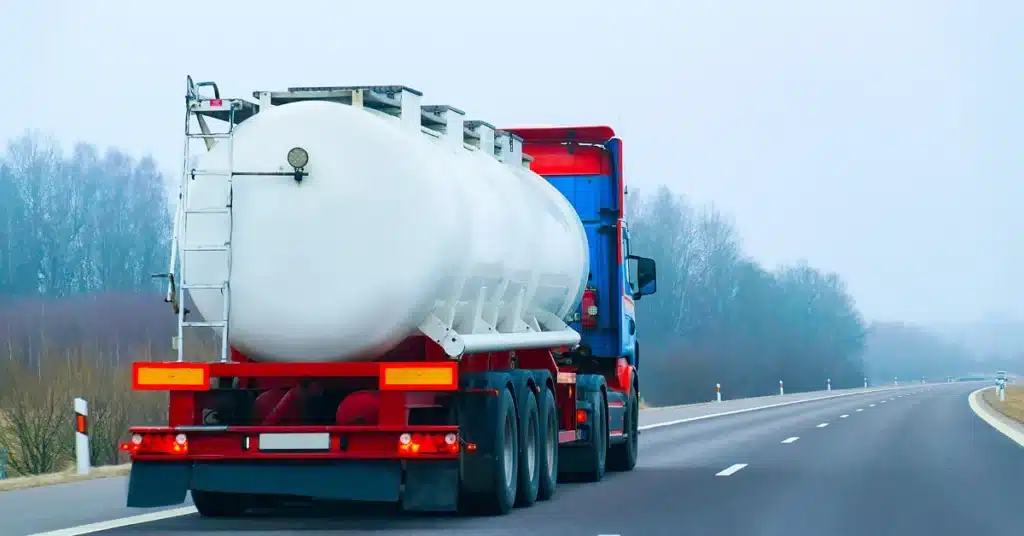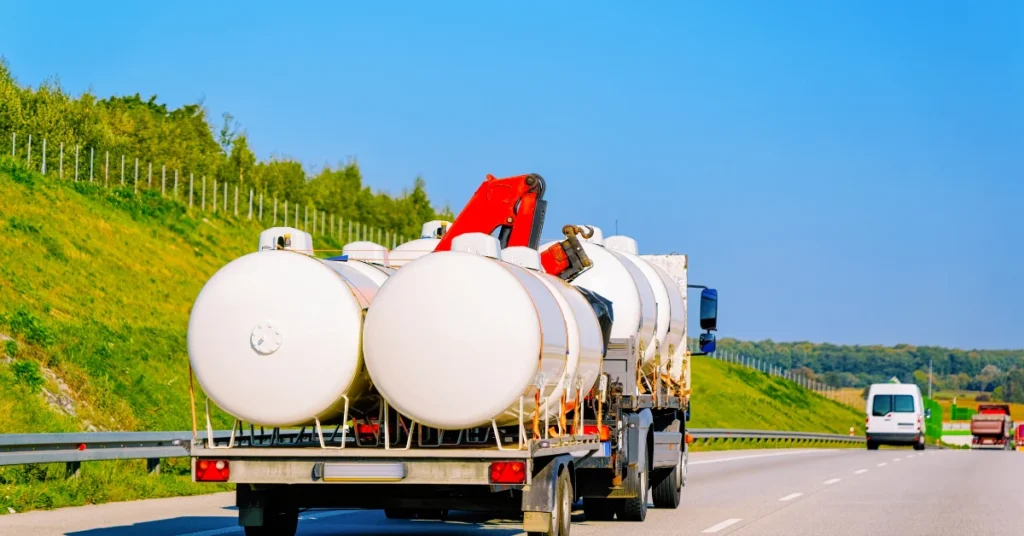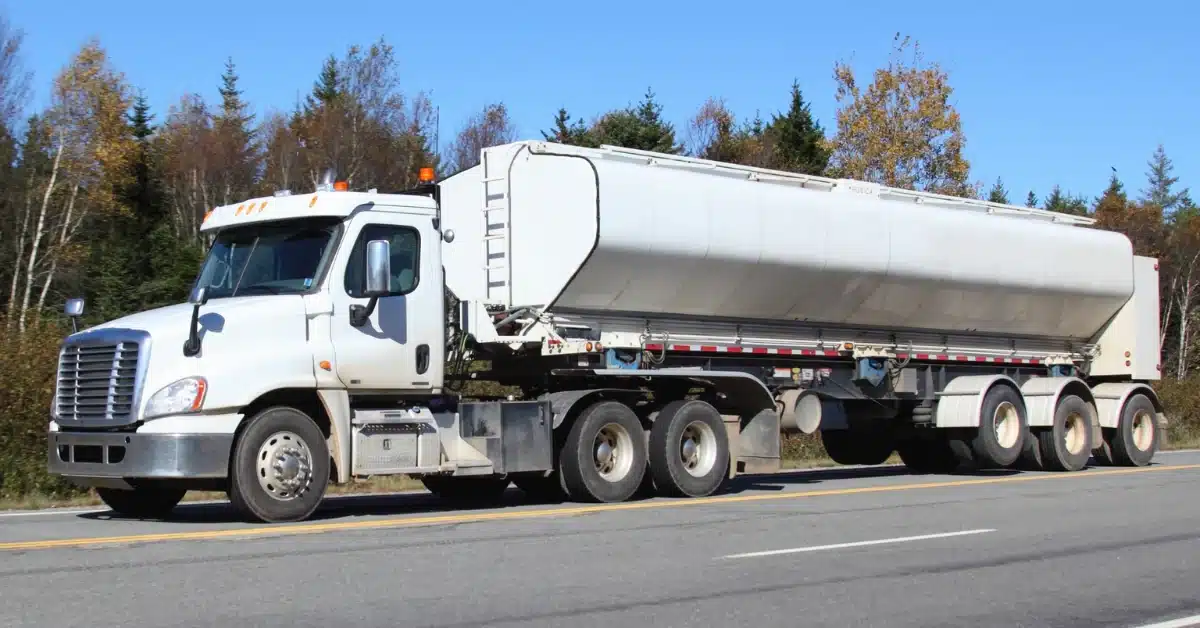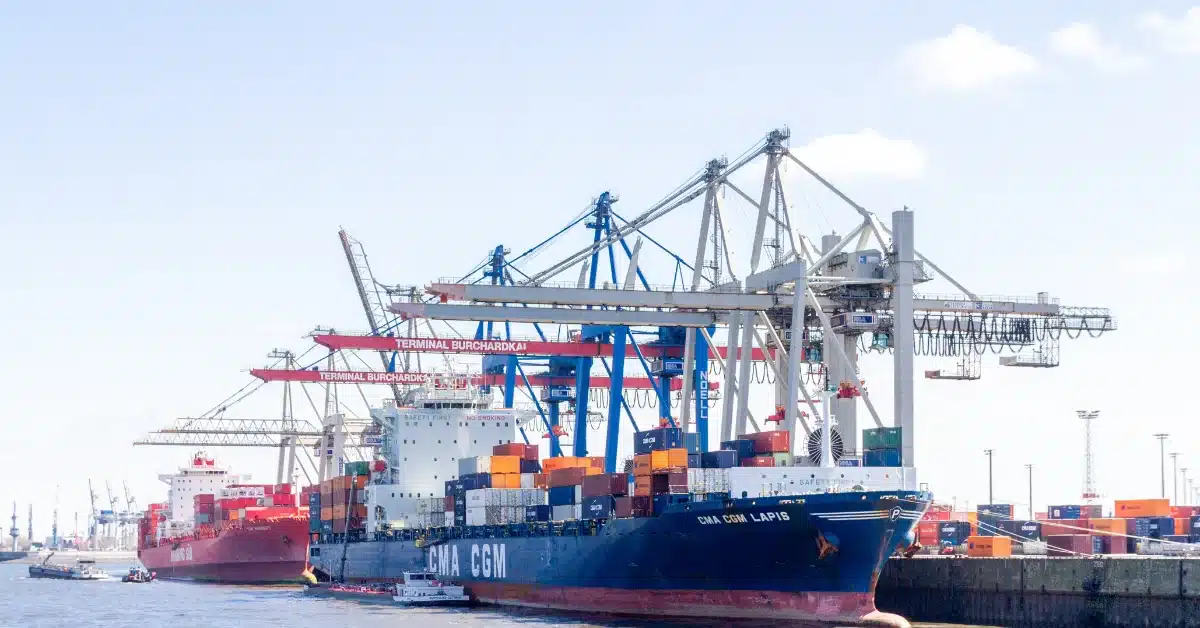What You Need to Know About Cryogenic Logistics and Gas Transport
Table of Contents
- What You Need to Know About Cryogenic Logistics and Gas Transport
Cryogenic logistics plays a critical role in transporting temperature-sensitive materials, specifically liquefied gases such as liquid nitrogen, oxygen, and LNG (liquefied natural gas). These substances require specialized transportation methods that maintain extreme low temperatures throughout the journey. As industries like healthcare, energy, and manufacturing continue to grow, so does the demand for cryogenic logistics solutions. In this comprehensive guide, we will explore how cryogenic logistics works, the industries that rely on it, safety measures, and the benefits it brings to the global supply chain.
What is Cryogenic Logistics?
Definition and Importance
Cryogenic logistics involves the transportation and handling of materials at extremely low temperatures, often below -150°C (-238°F). This field is primarily concerned with liquefied gases such as nitrogen, oxygen, LNG, and hydrogen, which are used in various sectors including medical applications, energy production, and industrial processes.
Industries like healthcare rely on cryogenic logistics to safely transport medical gases used for surgeries and treatment. The energy sector, particularly in LNG production, heavily depends on cryogenic logistics to maintain the integrity of liquefied gases during long-distance transportation.

How Cryogenic Logistics Work
The Technology and Equipment Involved
Cryogenic logistics requires specialized equipment designed to handle and transport liquefied gases while maintaining their extremely low temperatures. Some of the key equipment includes:
- Cryogenic Tankers: These are specialized trucks equipped with insulated containers to transport liquefied gases. The insulation ensures that the material remains in its cryogenic state throughout transportation.
- ISO Tanks: These are standard intermodal containers used to transport liquefied gases internationally. These containers are specifically designed to withstand the pressures and temperatures involved in cryogenic logistics.
- Cryogenic Storage Systems: These systems are designed to store liquefied gases at ultra-low temperatures until they are ready for use or further transport.
Cryogenic Transport Systems
Maintaining temperature stability is crucial in cryogenic logistics. Advanced cryogenic transport systems utilize insulation technologies combined with vacuum-sealed containers to prevent any temperature fluctuations during the transportation process.
Case Study: Transporting Liquid Nitrogen for a Medical Facility
In 2021, a leading healthcare provider required the transport of liquid nitrogen for medical purposes, such as cryosurgery and tissue preservation. The company hired a cryogenic logistics provider to ensure that the nitrogen was delivered safely and on time. Using cryogenic tankers, the liquid nitrogen was transported while maintaining a stable temperature of -196°C. The medical facility received the liquid nitrogen with zero losses, ensuring that all procedures went ahead as planned.
Safety and Regulatory Compliance
Importance of Safety Protocols
Cryogenic logistics involves the transportation of potentially hazardous materials, meaning that strict safety protocols are essential. These protocols ensure that the transport is not only safe for the operators but also for the environment and the materials being transported.
For example, liquefied gases are often under high pressure and at risk of explosion or leakage. To mitigate these risks, companies must follow guidelines like the International Maritime Dangerous Goods (IMDG) Code and EPA regulations.
Regulatory Compliance in Cryogenic Logistics
Transporting cryogenic materials requires adherence to multiple regulations. Some of the key regulatory bodies include:
- The Department of Transportation (DOT): Oversees the safety standards for transporting cryogenic materials across state and national borders.
- The International Maritime Dangerous Goods (IMDG) Code: Regulates the safe transportation of hazardous materials by sea.
- EPA (Environmental Protection Agency): Ensures that the transportation of cryogenic materials does not negatively impact the environment.
Training and Certification for Operators
Operators involved in cryogenic logistics must undergo rigorous training and certification to handle liquefied gases safely. This training includes understanding the properties of cryogenic materials, how to operate specialized equipment, and how to respond to emergencies like spills or leaks.

Cryogenic Logistics for the Energy Industry
The Role of Cryogenic Logistics in LNG Transport
Cryogenic logistics plays a critical role in the energy sector, particularly in the transportation of LNG (liquefied natural gas). LNG is produced by cooling natural gas to extremely low temperatures, turning it into a liquid for easier storage and transportation. The LNG market is rapidly growing, and cryogenic logistics is the backbone of this industry’s supply chain.
Example: Transporting LNG for Renewable Energy
A renewable energy project in the United States required a large amount of LNG for energy production. The project used cryogenic logistics providers to transport LNG from the production site to the energy plant, ensuring that the gas remained liquefied throughout the journey. The project was a success, highlighting the critical role that cryogenic logistics plays in supporting renewable energy initiatives.
Benefits of Cryogenic Logistics
Ensures Safe Transportation of Temperature-Sensitive Materials
One of the primary benefits of cryogenic logistics is that it allows for the safe transportation of temperature-sensitive materials. This includes medical gases, industrial gases, and energy resources like LNG.
Facilitates Global Supply Chain
Cryogenic logistics makes it possible to transport essential gases and materials around the world, ensuring that industries like healthcare and energy can function efficiently. It also provides real-time tracking capabilities, allowing companies to monitor their shipments from start to finish.
Risk of Spoilage or Damage
Cryogenic logistics minimizes the risk of temperature fluctuations that could spoil or damage materials. Advanced insulation technologies and IoT-enabled sensors ensure that temperatures are consistently monitored and maintained.
Challenges in Cryogenic Logistics and How to Overcome Them
Temperature Management
One of the biggest challenges in cryogenic logistics is maintaining consistent low temperatures throughout the transportation process. If the temperature rises above the required threshold, the liquefied gases can return to their gaseous state, posing safety and logistical issues.
Handling and Storage
Proper handling and storage are also challenging, as cryogenic materials require special containers and equipment. Cryogenic storage systems are often needed to store these materials safely before and after transport.
Solutions: Monitoring and Advanced Containers
Solutions like IoT-enabled monitoring systems help track the temperature of materials throughout the shipping process, ensuring that they remain at the required levels. Advanced cryogenic containers are designed with multiple layers of insulation to maintain temperature stability even in challenging conditions.
FAQ Section
- What is cryogenic logistics?
Cryogenic logistics involves the transportation and handling of materials at extremely low temperatures, typically liquefied gases like nitrogen, oxygen, and LNG. - Which industries use cryogenic logistics?
Cryogenic logistics is essential in industries like healthcare, energy, and industrial manufacturing for transporting medical gases, LNG, and industrial refrigerants. - How are cryogenic gases transported?
Cryogenic gases are transported using specialized tankers, ISO containers, and cryogenic storage systems designed to maintain ultra-low temperatures throughout the journey. - What are the key safety regulations for cryogenic logistics?
The IMDG Code, EPA regulations, and Department of Transportation (DOT) guidelines are critical for ensuring the safe transport of cryogenic materials. - What are the benefits of cryogenic logistics?
Cryogenic logistics ensures the safe and temperature-controlled transport of critical materials, supports global industries, and minimizes the risk of spoilage or damage. - What are the challenges in cryogenic logistics?
Common challenges include maintaining low temperatures and proper handling of materials. These can be overcome with advanced technology and specialized containers. - Is cryogenic logistics expensive?
While more expensive than standard transport due to specialized equipment and safety measures, cryogenic logistics offers reliability and safety that justify the cost.
Conclusion
Cryogenic logistics is a vital component of the global supply chain, enabling industries like healthcare, energy, and industrial manufacturing to transport temperature-sensitive materials safely. With specialized equipment, stringent safety protocols, and real-time monitoring, cryogenic logistics providers ensure that liquefied gases reach their destinations in perfect condition, driving forward progress in critical sectors. As the demand for liquefied gas transport continues to rise, cryogenic logistics will remain a cornerstone of these industries.





